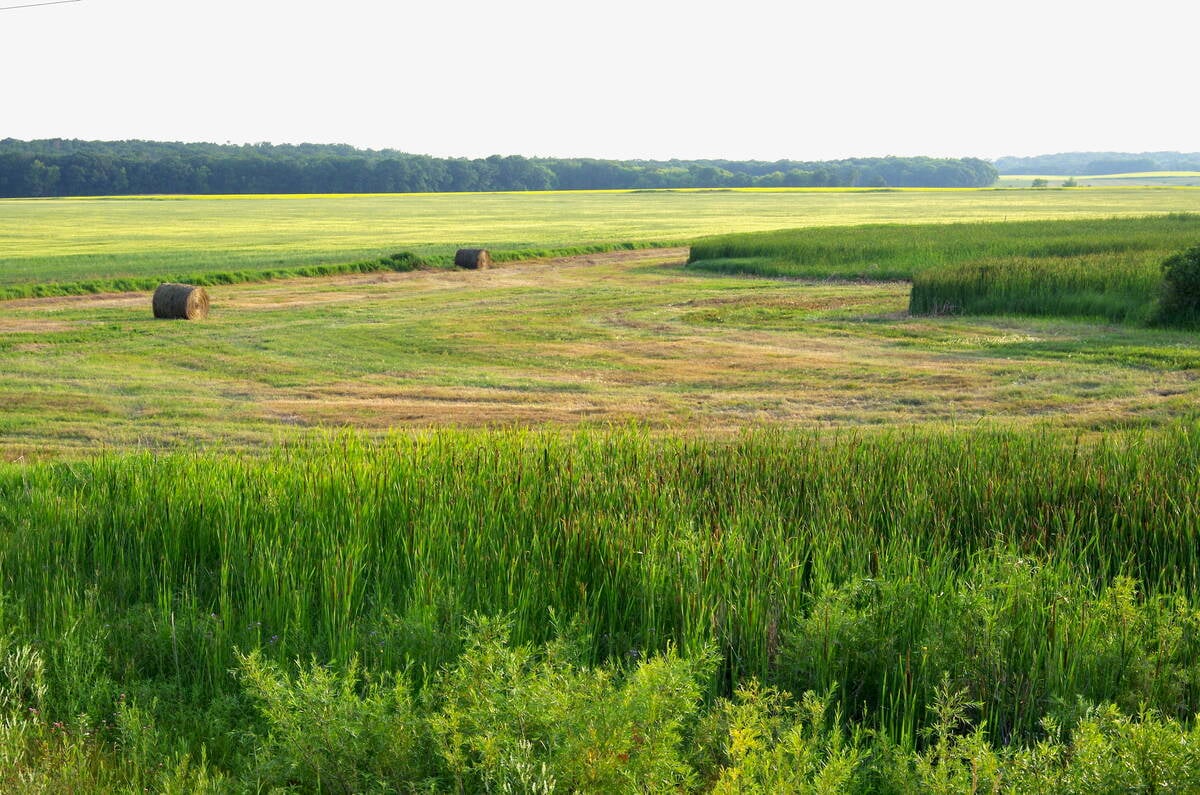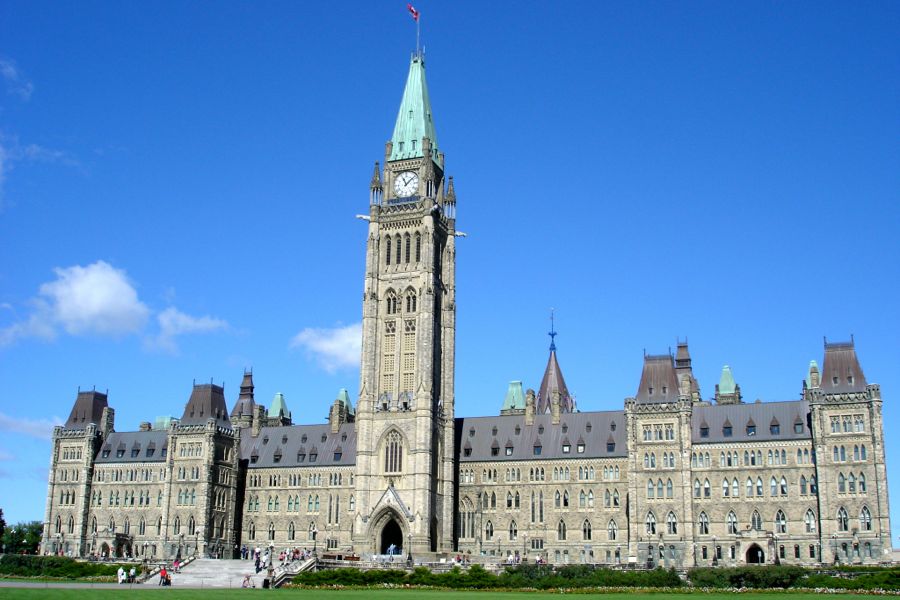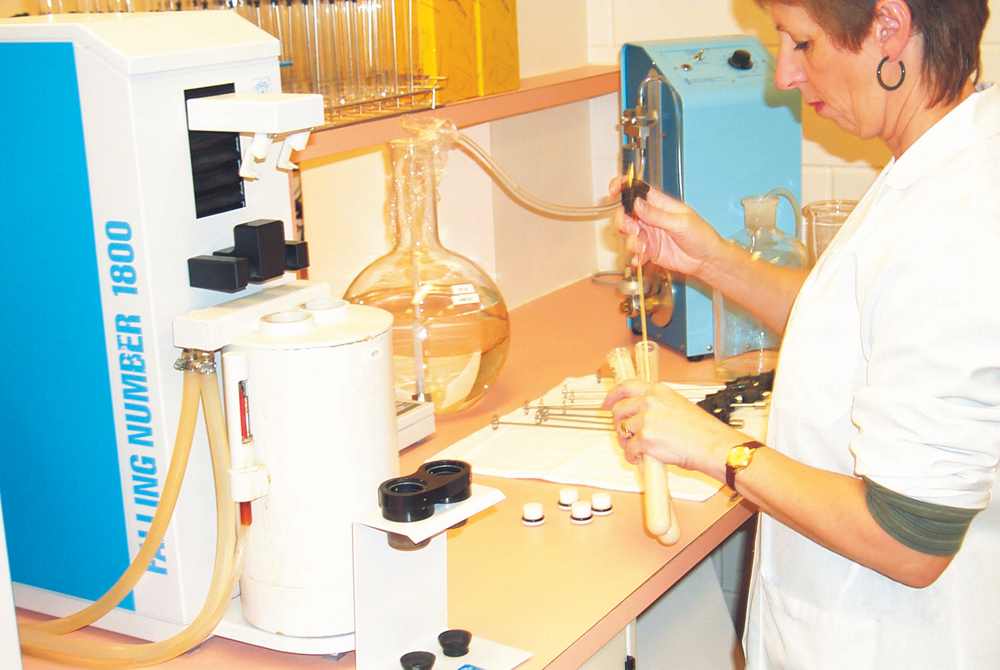Jack Wilkinson, one of the most respected veterans of national and international efforts to give farmers a policy voice, was eloquent in his brief description last week of the crossroads farmers in Manitoba faced a quarter-century ago.
“It was not obvious that Keystone would be successful,” he told farmers and dignitaries gathered for the 25th annual Keystone Agricultural Producers banquet. “But there was a group of people that decided to deal with whatever challenges there were and said that they would see this out.”
Read Also

Manitoba farmers offered crop insurance carrot on marginal acres
Farmers planting poor field acres to perennial forage can get a break on forage crop insurance programs under new Forage Advantage pilot program.
He was referring to what – in hindsight – proved to be a ridiculously pointless debate over paying the Crow Rate directly to farmers or to the railways. Disagreements became personal, to the point where the organizations that made up the Manitoba Farm Bureau walked out of the room, taking their financial support with them.
Keystone was formed after consultations with farmers determined a general farm policy organization needed to be financed by individual memberships, and its policies determined by individual votes.
“This was not a small thing,” Wilkinson said in reference to Bert Hall, who chaired a committee of farmers criss-crossing the province in the early 1980s to gauge support for a general farm policy organization that would be owned and controlled by grassroots farmers.
“Life does not unfold magically. There are people who play a role in every time period who make a difference.”
Wilkinson credits KAP with being a “phenomenal influence” on national farm policy, both in the quantity of resolutions it sends to the Canadian Federation of Agriculture meetings and the quality of the policies it promotes.
It was KAP members who came up with the Gross Revenue Insurance (GRIP) and Net Income Stabilization (NISA) plans – arguably two of the most successful attempts to provide farmers with the business risk management tools they seek.
More recently, it was KAP that attempted to bridge the gap between farmers’ financial needs and society’s increasing desire to preserve natural capital with the Alternative Land Use Services plan that is now in a pilot stage across Canada.
Besides developing policy, KAP members have debated, sometimes vociferously, how best to lobby on farmers’ behalf when confronting a multitude of challenges ranging from financial distress, to increasing regulatory pressures to preserving rural infrastructure.
And they are all volunteers, taking time away from their day-today business pursuits to gather and discuss. Sure there’s a social component to this. More than a couple of people at last week’s banquet noted a few days away from the farm to hang out with mostly pleasant people in a comfortable hotel this time of year is almost like a holiday.
But the rewards are few and the frustrations are many, not the least of which are farmers who refuse to join and who criticize the organization’s very move.
But there are doers and there are doubters in every community.
And as you looked around the room at the folks who came to this organization’s anniversary celebrations, the faces you saw were some of the same you will see at municipal council conventions, involved in co-operative organizations both past and present, regional health authorities and community-building groups of all shapes and sizes across the province.
Their collective wisdom and perseverance has served rural Manitoba well.
Savings also good for the economy
The pollsters are perplexed. The big spending federal budget released last week has apparently met with a ho-hum response from the public. Perhaps deep down inside people see the folly of a strategy that is more about buying votes than addressing the economic crisis.
“Consumers have no savings and debt up to their ears, but their political masters want them to go out and dig themselves in deeper,” noted Harry Koza, a financial markets fellow with the Atlantic Institute for Market Studies in a recent column. “The solution to the debt bubble is more debt. Yeah, borrowing and spending our way to prosperity – that’ll work.”
“One of the reasons we are in this financial mess in the first place is because we’ve been pumping stimulus into our economies for years, to the point where they are more stimulated than a Grade 3 class on Ritalin,” Koza says.
Governments appear convinced that increased consumerism – creating a nation of borrowers – is the only way to support the economy. Yet there are clear signs from the environment and our declining base of non-renewable resources that rampant consumerism on a global scale can’t be sustained.
Now is the time to consider how to support the economy without buying more stuff. As Koza points out, savings are also an investment in the economy. In order to have borrowers, we must also have savers. [email protected]















